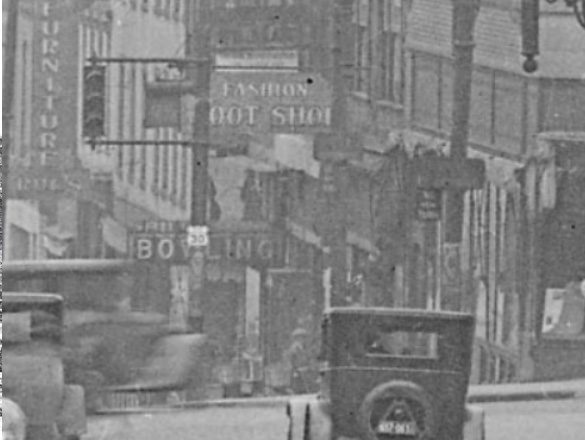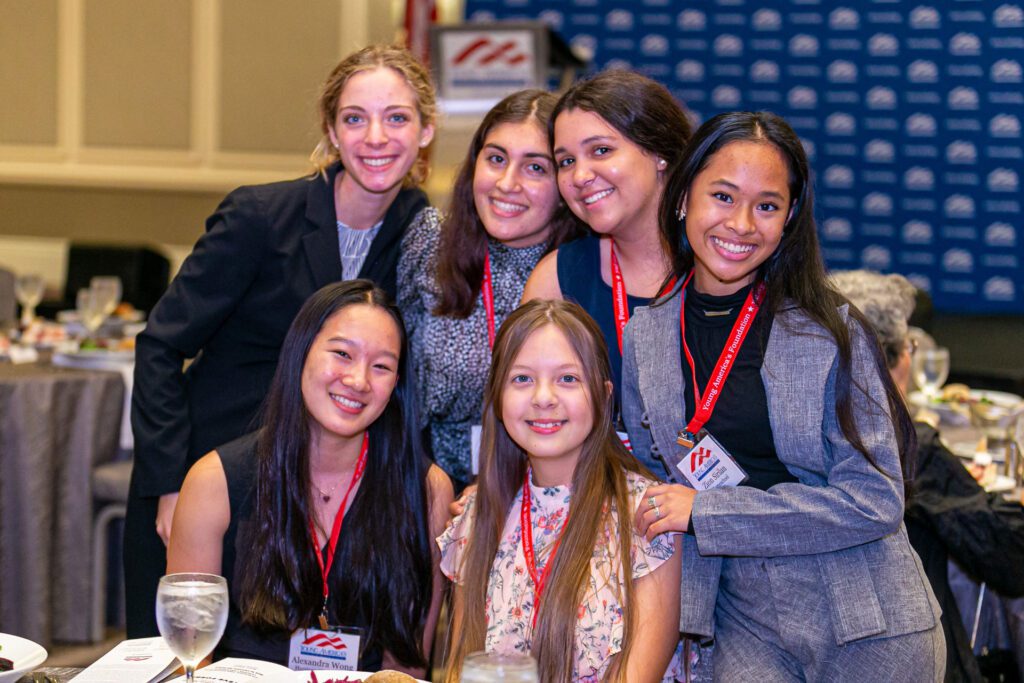Reagan Walking Tour
Explore Dixon through young Ronald Reagan's footsteps to understand the people, places, and events that shaped him into a man of character and the 40th president of the United States.
“almost everybody knew one another, they tended to care about each other. If a family down the street had a crisis—a death or serious illness—a neighbor brought them dinner that night. If a farmer lost his barn to a fire, his friends would pitch in and help him rebuild it. At church, you prayed side by side with your neighbors, and if things were going wrong for them, you prayed for them—and knew they’d pray for you if things went wrong for you.”
Excerpt, from the memoir of President Ronald Reagan
Today, although Dixon has changed in the century since the young Ronald Reagan lived here, it has maintained its status as an inviting and peaceful midwestern town. Neighbor continues to help neighbor, and the community comes together when times are tough.
We hope you enjoy your tour around President Reagan’s hometown.
A special thank you to YAF intern scholars David Swegle and Alex Buchheit for completing much of the groundwork and to the Lee County Historical and Genealogical Society for helping track down many of the historic images and locations.
The Reagan Walk
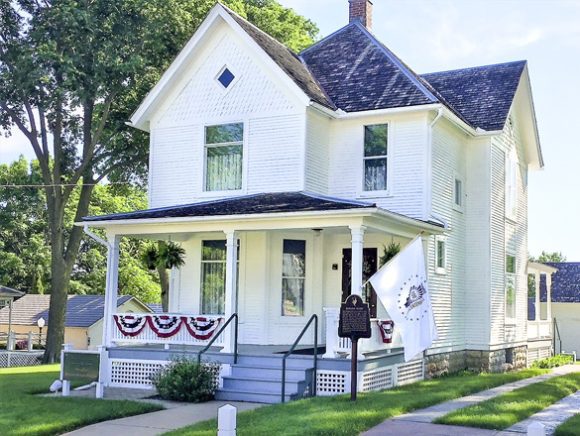
The Ronald Reagan Boyhood Home
Opening in 1984 to the public, this house stands as one of the most authentic presidential properties in the United States.
Moving to this location in 1920, this house would be the first of five homes the Reagan’s would call home here in Dixon. As visitors who the property will discover. This house is the home in which President Reagan began forging some of his integral principles and values.
Today, visitors of the home can participate in guided tours to learn more about “Dutch’s” life in Dixon and enjoy the newly update exhibits in the Visitor Center next door.
South Central Grammar School
A quick walk from his home on Hennepin, here stands the school young Reagan attended before transitioning to high school on the north side of the river.
Reagan was an average student but had an excellent memory and could memorize poems and short stories easily. He had learned to read before entering first grade. In his memoir he explains, “I suspect I’d learned how to read through a kind of osmosis: My mother always came into our room at bedtime and wedged herself between my brother and me to read us a story. As she read, she followed each line on the page with her finger and we watched.”
Today, visitors can enjoy the school, now the Northwest Territory Historic Center, which was renovated by Norman E. Wymbs, and features Reagan’s sixth-grade classroom fully restored, as well as several exhibits to important influences of this region, including President Lincoln, the Black Hawk Indians, the Walgreens, and more.
More here: NTHC.org
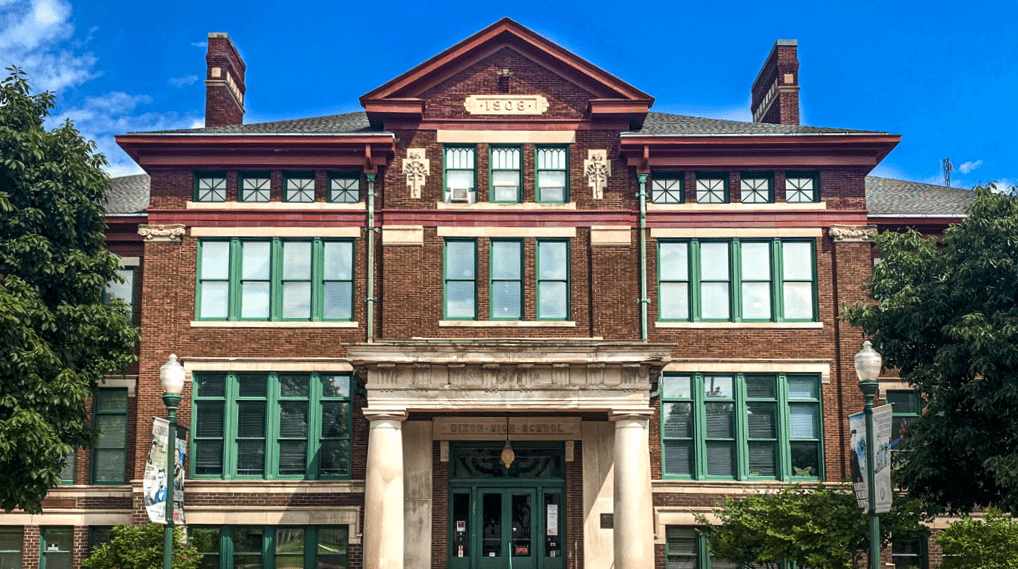
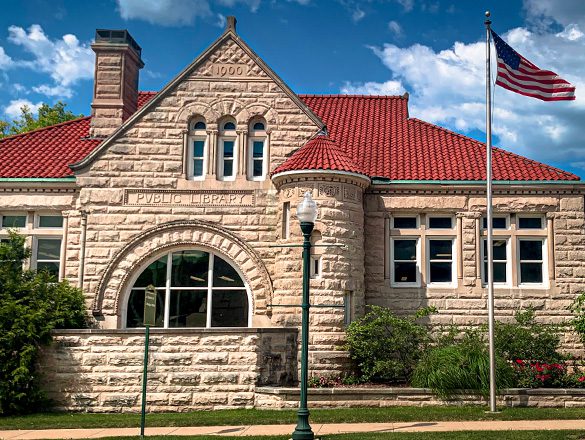
Dixon Public Library
An avid reader, Ronald Reagan would make the short walk to the library as often as he could. On average, young “Dutch” would read about two books per week. He loved reading stories about nature and adventure, with one of his favorites being Gilber Parker’s Northern Lights.
He also loved Horatio Alger’s rags-to-riches stories, and it was Burt Standish’s book, Frank Merriwell at Yale, that made Ronald Reagan look beyond Dixon and dream of attending college. As he later remembered:
With their cast of characters drawn from rich old Eastern families, the glamorous Ivy League life depicted in the stories was admittedly pretty remote from the reality of my life as a tow-headed kid in overalls from a poor family in rural Illinois.
But I reread the stories and began to dream of myself on a college campus, wearing a college jersey, even a star on the football team. My childhood dream was to become like those guys in the books.
In a letter to “friends of the library” in 1995, he wrote, “a library has a single overriding purpose, to connect us with the people and places, ideas and experiences that enrich our lives and deepen our humanity.”
First Christian Church of Dixon
Before moving from Tampico to Dixon, Roanld Reagan’s Mother, Nelle, had already joined the Disciples of Christ Church by letter, but once in Dixon, Nelle brought her sons with her to church every Sunday and made sure they attended Sunday school. Eventually, Ronald grew up to teach his own Sunday school class. Nelle, herself, organized the most popular class with the church directory for 1922 showing 31 registered members.
In the years the Reagans lived in Dixon, the church was led by Reverend Ben Cleaver.
On June 21, 1922 at the age of 11, Ronald Reagan was baptized here, along with his brother Neil and 23 other congregants. The church has a special archive dedicated to the Reagans and still uses the same baptismal the President was raised in.
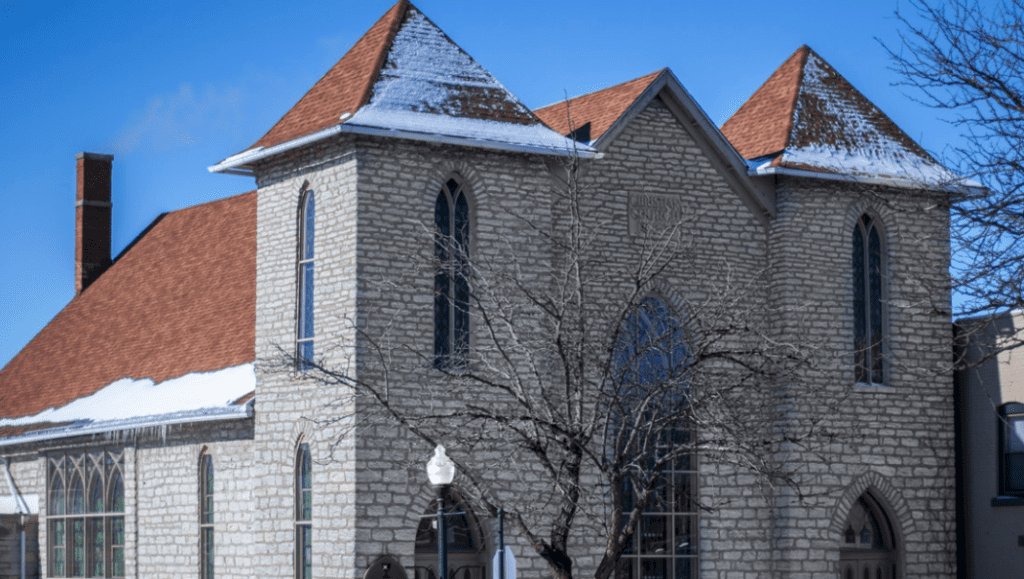
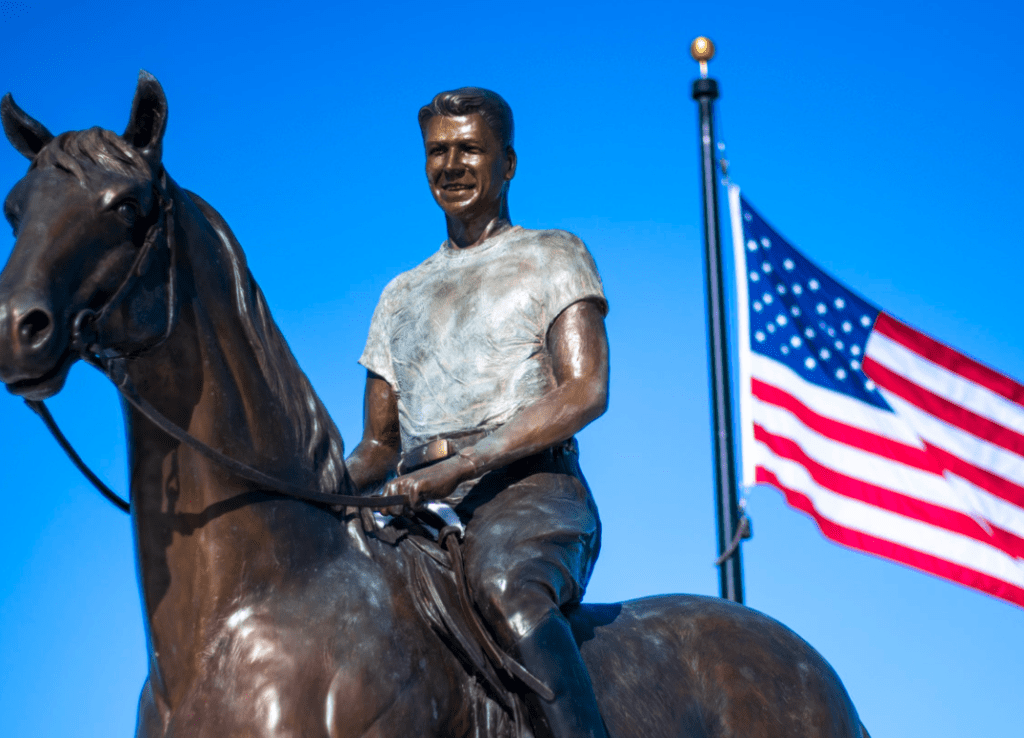
Heritage Crossing
This statue, Begins the Trail, commemorates the return of Dixon’s Hollywood movie star during Injun Summer Days in the summer of 1950, as well as the start of his trail from the small town of Dixon to the White House.
When Ronald Reagan arrived at the train station, he was greeted by over 1000 Dixonites cheering on the smalltown boy turned celebrity. During his time in Dixon, Reagan participated in the One Thousand Trail Riders’ Parade, riding through the streets on one of the Walgreens’ palominos.
The statue, created by local sculptor Donald L Reed, today is modeled after a picture of taken of “Dutch” during the parade.
Lowell Park
Known historically for its dangerous swimming conditions, Lowell Park’s Rock River was nearly closed in the spring of 1926 due to a lack of safety procedures. To avoid losing business, the park’s concessionaires, Ed and Ruth Graybill, began searching for a lifeguard to monitor the swimming area. After hearing about the job, Ronald promptly applied for the position. The Graybills were hesitant to hire a fifteen-year-old, but Jack, Ronald Reagan’s father, stepped in and was able to convince them to give his son a chance. Reagan would serve as the Lowell Park lifeguard for the following six summers.
Dutch began his workday by borrowing the Graybills’ truck to pick up necessary food and ice for the day. After arriving at the park, he swam in the river to see what the currents were like that day. As swimmers and beachgoers arrived, Reagan took up his position in the lifeguard chair. He worked twelve-hour days, from ten in the morning until ten at night. His pay was $18 per week with the added perk of all the root beer and hamburgers he could eat.
During his tenure as lifeguard, there was not a single drowning at Lowell Park. Whenever he saved a drowning victim, Ronald made a notch on a nearby log. By the end of Reagan’s seven summers at Lowell Park, the log had seventy-seven notches. Many women later came forward and admitted that they pretended to drown so that Reagan, the handsome lifeguard, dove in to save them. Ronald Reagan, however, always stayed true to the proudest statistic of his life. According to him, every one of the seventy-seven people he saved were really drowning. “No lifeguard,” he explained, “gets wet without good reason.”
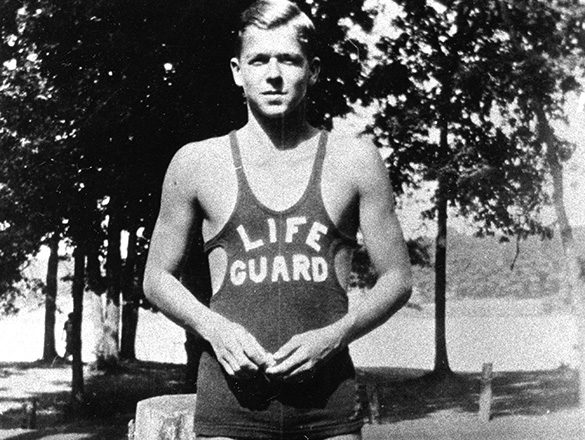
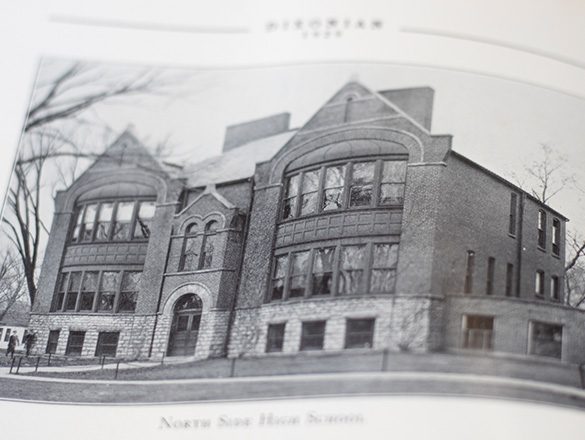
North Side High School
Reagan attended Dixon’s North Side High School, where he developed interests in sports, storytelling, and theater. His interest in storytelling was encouraged by Reagan’s English teacher, theater director, principal, and mentor, B.J. Frazer. Instead of penalizing students for spelling and grammar errors, Frazer graded his students on their content, imagination, and style. These expectations shifted the way Reagan approached writing and inspired him to be imaginative in his work. As president, Reagan utilized these skills during his significant involvement in the speechwriting process.
During Reagan’s last visit to Dixon, he visited his alma mater—now Dixon High School which opened in 1928—to spend time with the students and faculty. He tossed a football with the players from the Dixon Dukes, and afterwards, the team gave him a letterman’s jacket.
Galena Avenue Bridge
Shortly after Dixon outlawed fireworks in public, young Ronald Reagan approached the Galena Avenue bridge with a powerful “torpedo” firecracker. Here, he decided to throw it against a nearby brick wall and was rewarded with a loud bang. His satisfaction was short-lived.
Immediately following the triumphant toss, a car pulled up beside him, and the driver told Ronald to get in. Initially, Ronald Reagan refused to get into the stranger’s vehicle. The driver of the car, however, flashed a police badge and identified himself as the chief of police. In response, Ronald retorted with a “smart-alecky” comment, as he would describe it in a 1984 interview.
The comment, being more than a benign trope, encouraged the officer to take young Reagan to the police station where his father had to pay a $14.50 fine. Though his father paid the hefty sum, Ronald Reagan had to take up work laying roof and foundations to pay his father back.
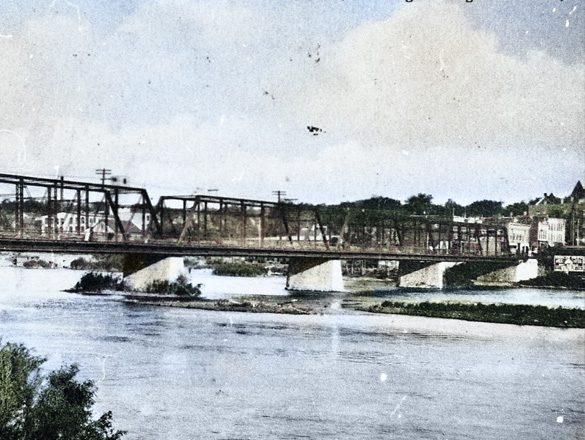
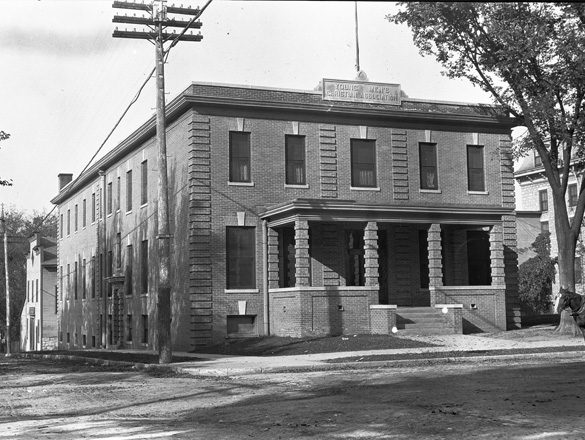
The Old YMCA
Now located on the corner of Galena Avenue and East Boyd Street, the YMCA was one of the first organizations Ronald Reagan and his brother, Neil, would join when settling into Dixon. It was here that Ronald learned first aid, developed a passion for swimming, and joined the band as a drum major while Neil played the euphonium.
Montgomery Ward Store
Follow his graduation from Eureka College, Ronald retuned to Dixon, hoping to secure a stable job despite the hardships the Great Depression created throughout rural Illinois.
After a failed attempt to find employment in Chicago, Ronald learned of an exciting opportunity to serve Dixon as the associate manager of the sporting goods department at Montgomery Ward. His enthusiasm was suppressed, though, as the position was awarded to the local high school basketball star instead.
Later in life, Ronald would reflect back on what, in his youth, he described as a dark moment. As he grew older, he began to recognize this was all part of God’s “Divine Plan” that would move him from a small town in the middle of the country to the Presidency of the United States.
At his ranch in California, Rancho del Cielo, he placed a 1932 edition of the Montgomery Ward catalogue near his front door as a daily reminder of the plan.
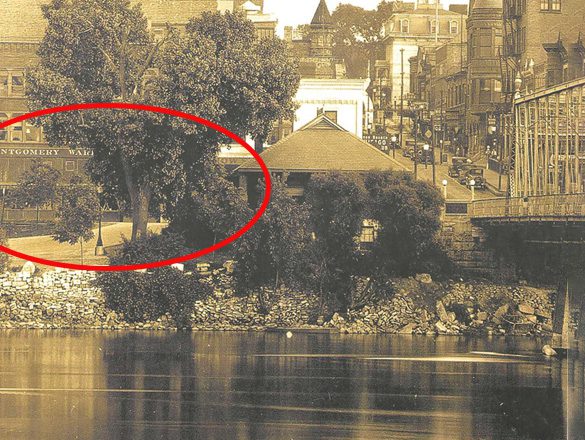
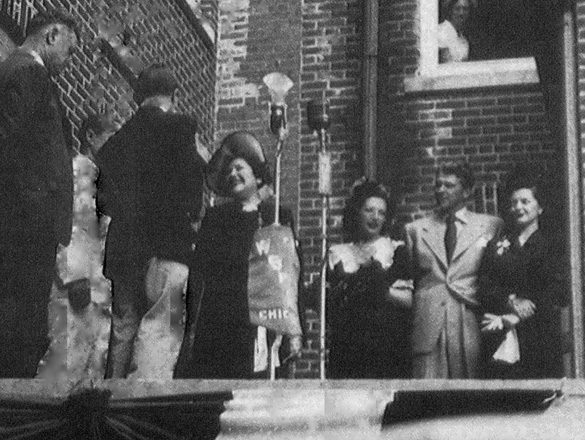
KSB Hospital
Reagan was not the only celebrity who grew up in Dixon. Louella Parsons, remembered as the original Hollywood gossip columnist, was an influential voice in 1930s and 40s Hollywood with her column appearing in over 400 newspapers.
On September 14, 1941, “Louella Parsons Day” was held in her honor. Her friend, whom she met when he was a paperboy for the Dixon Telegraph, Ronald Reagan was now a movie star himself and helped organize the homecoming featuring numerous other actors and actresses to help raise money for the expansion of the KSB Hospital.
Dixon Country Club
You will find this spot under the name Timber Creek Golf today. Here, Ronald Reagan got his first job, serving as a golf caddy. Though, as he would later admit, he was the least popular choice by players, always being picked last due to his poor ability to spot the ball and flag (when he was a teenager, he would discover that he was severely nearsighted).
The old white oak trees on the driving range are the same ones young “Dutch” would eat his lunches in.
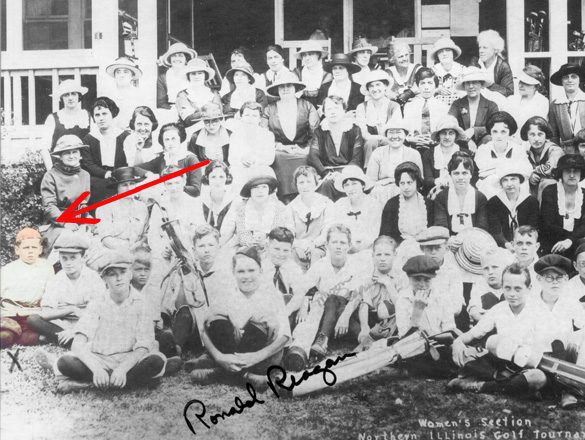
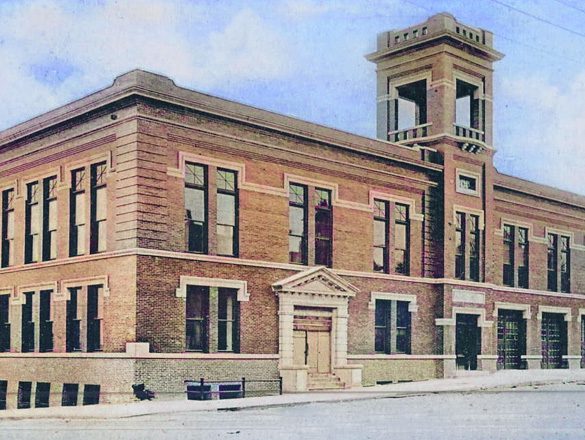
Dixon Jail
The Dixon jail and fire department were once located in the townhall. It was here that Ronald Reagan was held after his firework incident at the Galena Avenue Bridge. Additionally, it was likely here, as well as the old Lee County Jail (no longer standing), that Ronald’s mother, Nelle, would cross the street on Sundays after church, often with baked goods, and witness to the inmates, in hopes that she could save them and help turn them towards a better way of life.
Fashion Boot Shop
Here stood the reason the Reagans moved to Dixon. Jack Reagan always dreamed of becoming a business owner, and in 1920, his former boss, H.C. Pitney, granted him this wish, forming a business partnership with Jack and providing him with managerial authority over the store. He would work here until the Great Depression would force him, and so many others, to close its doors.
Ronald would sometimes help his father around the store, and he decided to study economics at Eureka College because he assumed he might work in his father’s business handling the finances.
